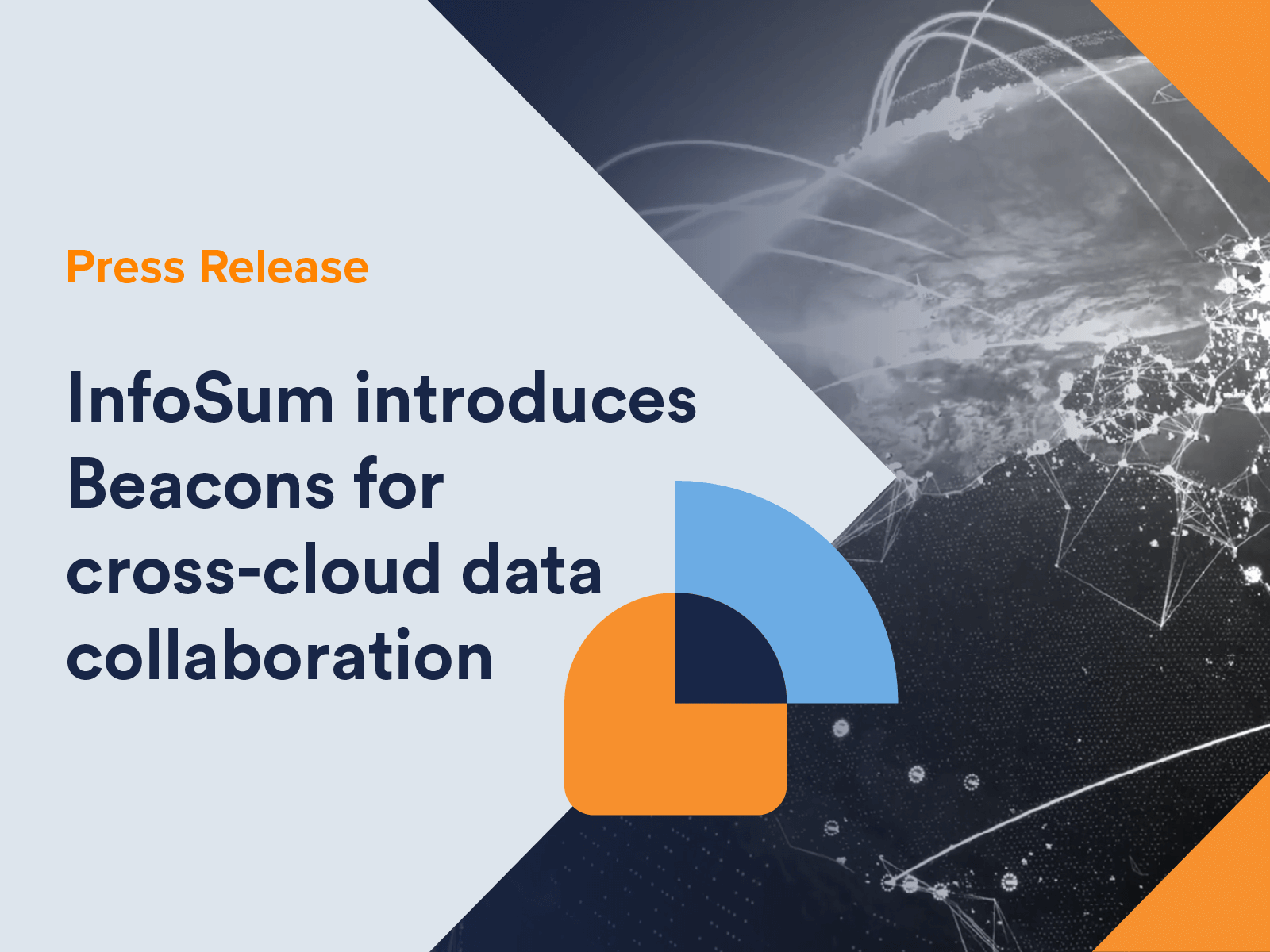Marketing is often compared to blind dating.
Matching a brand to a consumer, like matching two people on a blind date, requires solid background research and a good understanding of their respective personalities. And in both cases, the data used in the matching process needs to be interesting, reliable and comfortably descriptive—that is, enough to pique interest without opening the door to privacy concerns.
But in today’s privacy environment, it can be incredibly difficult for marketers to find the right balance between data protection and data usefulness, and cross-channel measurement often gets in the way too. Getting buyers and sellers on the same page involves a lot of trial and error, and a bit of luck too.
As Sima Aunty would say on the Netflix hit series Indian Matchmaking, “Nowadays, marriages are breaking like biscuits. I’m Mumbai’s top matchmaker, but ultimately, my efforts are meaningless if the stars are not aligned.”
Is there a way to nudge the stars a bit closer? I don’t know about you, but I’m hearing ‘biscuits’ and my mind goes straight to cookies, so let’s start right there.
Swipe left on cookies
Google has caused plenty of confusion and anxiety over the past couple of years with its on-again, off-again pronouncements regarding the fate of third-party cookies in Chrome. Yes, the countdown has now slipped to the second half of 2024, and there’s no guarantee that Google won’t again delay the inevitable before we get to that mark, but now is not the time for anyone to have second thoughts.
Most marketing organizations are well underway in their transition to a new advertising ecosystem, and I haven’t met a single client or partner who thinks that cookies have a place in it. The future of advertising will be cookieless, and those who complete the transition early will have a head start on the rest of the field. Google itself moved away from cookie-based reach metrics in Google Ads two years ago. Do as I say, right?
Let’s face it, even if we set privacy aside for a second, cookies were always a poor excuse for a customer connection, and a very narrow one at that considering that there’s no cookie on linear TV, CTV, or anywhere in the Apple universe. “I think for the longest time, we’ve just relied on this third-party cookie, and it was laziness,” Ricardo Diaz, Chief Digital Officer at ad agency Omelet, told Marketing Brew recently. “We were able to get a pretty good idea of consumers without really having to have a relationship with them.” It’s time to close that chapter.
Get personal
With cookies on their way out, brands and media owners are now focused on collecting and nurturing first-party data. You’ve probably noticed it the last time you signed up for a streaming service, an online newsletter, or a rewards program. The questions are more pointed. The end goal more transparent. Marketers today know that customers are much more than the sum total of their transactions, and they’re working hard to develop trust and create a personalized relationship with them.
But it’s not enough for a brand to collect first-party data, however rich and reliable it might be. To be successful, marketers actually have to contend with two separate matches: a brand-to-consumer match to determine what types of consumers they want to target, and a consumer-to-media match to figure out where to reach them most efficiently. Blind dating is hard enough as it is, who would want to pick the venue at random on top of it?
The only way to make it work is through data collaboration.
Hold hands and ask the right questions
Trading partners—like advertisers and media owners, or retailers and distributors—have long recognized the benefits of sharing data with one another, but the technology wasn’t there to do it securely and without putting their customers’ privacy at risk. Cue up every movie scene that involves a USB stick. But data clean rooms have changed the conversation over the past few years. Today, top brands and media companies are using advanced data collaboration solutions like InfoSum’s Platform Sigma to safely and securely explore synergies between their respective datasets.
No data movement, complete interoperability, matching results in seconds—it’s a real game changer. Now, marketers can:
- Find what their customers’ favorite channels are
- Verify who was exposed to their campaigns, where, and when
- Compare the effectiveness of various channels for each campaign
- Size up and fill the gaps in their cross-media campaigns
- Try new media channels like advanced TV
- Experiment with media spend by channel
- Measure true reach and frequency
- Study what types of profiles end up converting
- Enrich their profiles with more actionable attributes
- Develop lookalike models that make sense to their business
What’s your type?
That last bullet point about lookalikes is particularly important. In a recent op-ed, Simulcast’s Dave Morgan laments the current state of segmentation and points out that “everyone is now a lookalike to almost all lookalikes.”
I agree. Today, brands are using every arrow in the quiver—demos, psychographics, lifestyle, geolocation and behavioral attributes—to understand their customers and identify receptive lookalikes to grow their footprint. But it’s easy to get caught up in the task and lose sight of the fact that many of the mathematical models and segmentation schemes in existence today are rooted in old frameworks and taxonomies. Systems like PRIZM and VALS can be useful, but they were developed in the 1970s and 80s. The world is changing fast, and segments like ‘township travelers’ or ‘generation web’ don’t mean the same thing today as they did even two years ago.
Do the math
Ultimately, you want to be methodical and test your assumptions every step of the way. You may use popular segments as initial benchmarks, but it’s crucial that you find segments and develop insights that align with your own particular business outcomes and allow you to stand out from your competitors.
Several industry initiatives are working on new taxonomies to help advertising buyers and sellers speak the same language. Get involved and make your voice heard. You don’t want to settle for lookalikes that look like everyone else’s lookalikes. In the words of a contestant on Indian Matchmaking, where pretty much everyone is looking for a partner who is tall, slim, trim, educated and from a good family: “What do you enjoy, like, apart from being… glamorous?”
I assure you that getting to the answer is well worth the effort. Using InfoSum’s secure data collaboration infrastructure, a leading energy provider in the UK was able to match its first-party data with Channel 4’s All 4 audience to identify responsive custom audiences, reduce churn and dramatically improve brand advocacy. As a result, the company increased first-choice consideration by 27%. During the pandemic, health and beauty retailer Boots UK teamed up with the right media partners too for its #PrescribeKindness campaign and broke records across all KPIs: email open rates went up 75%; view-through rates on Facebook and Instagram doubled; overall brand affinity shot up 5 points.
Across the board, McKinsey reports that personalization programs based on rich and diverse first-party data can boost customer satisfaction rates by 20% and sales conversion rates by 10-15%. Even employee performance goes up when the organization is united in its data-driven marketing strategy.
We can help you too. Please get in touch with us and we’ll show you how you can start using our data clean room technologies today to improve your marketing dating game for years to come.







